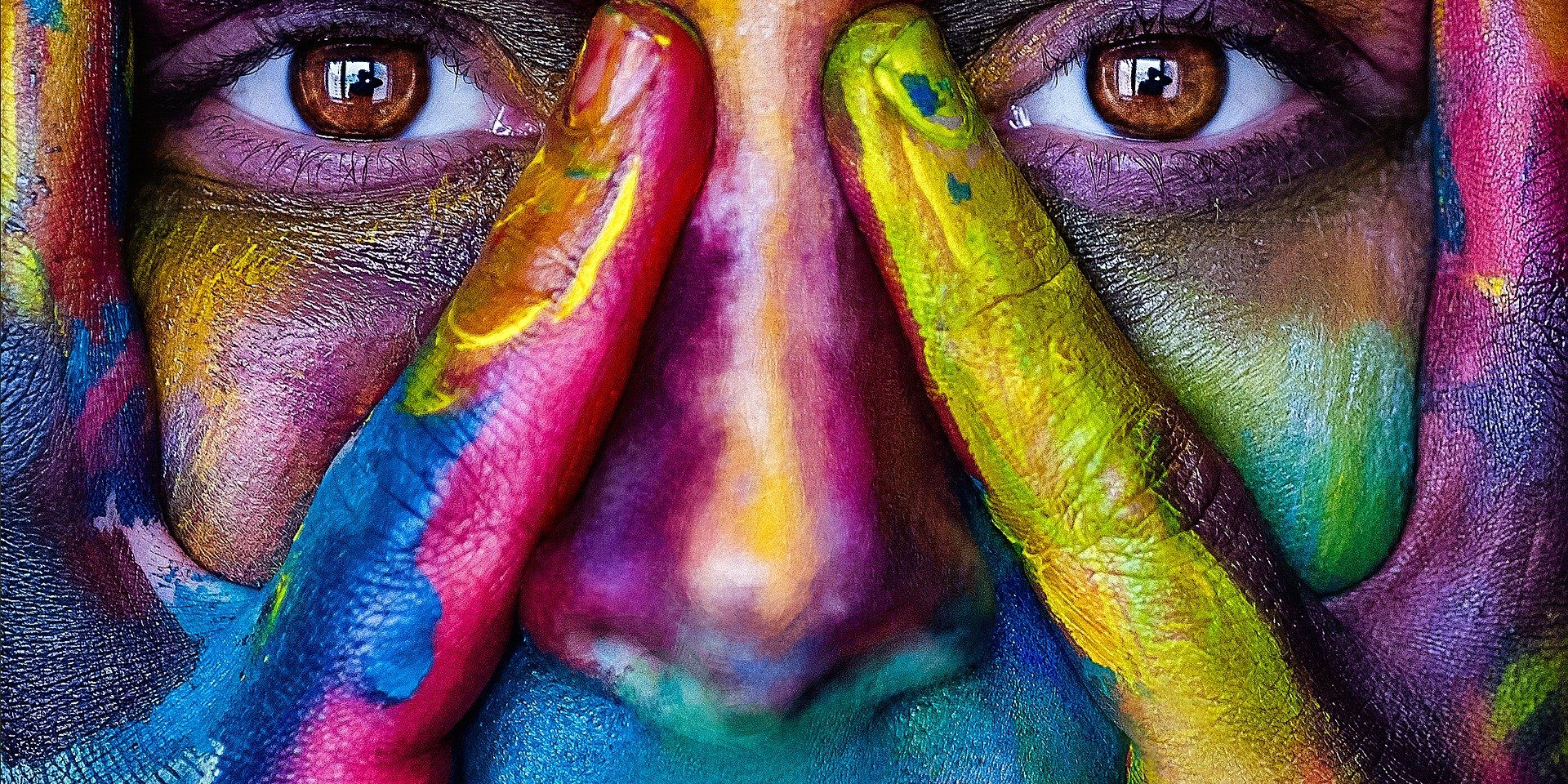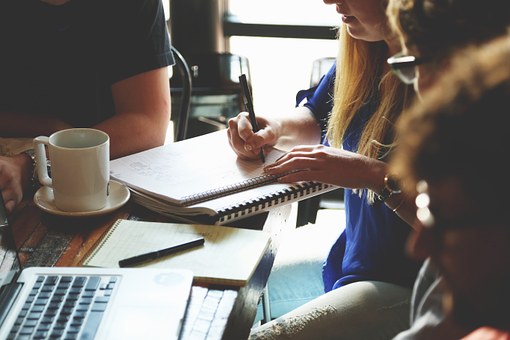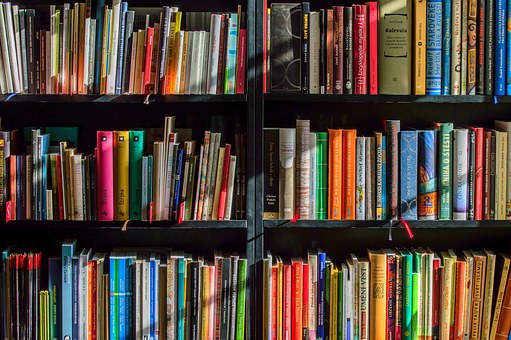Monday Moments: Different Hats And Different Faces
Introduced by Holly King
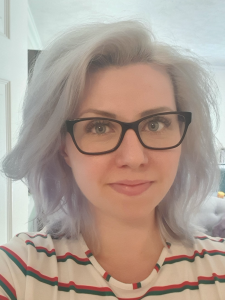 Welcome back! A new month, a new time, a new opportunity to see where our creativity will take us. I’ve thought a lot about ‘Different Hats And Different Faces’, realising there are many ways you can take this theme. Initially, it can seem obvious on the surface; we all have different faces: for work, social gatherings (remember those?), private times with loved ones, instant blossoming smiles at an unexpected compliment, stern faces when dealing with a Customer Service rep, faces of concentration when working on something, or even when trying to win an arm-wrestle!
Welcome back! A new month, a new time, a new opportunity to see where our creativity will take us. I’ve thought a lot about ‘Different Hats And Different Faces’, realising there are many ways you can take this theme. Initially, it can seem obvious on the surface; we all have different faces: for work, social gatherings (remember those?), private times with loved ones, instant blossoming smiles at an unexpected compliment, stern faces when dealing with a Customer Service rep, faces of concentration when working on something, or even when trying to win an arm-wrestle!
What about those static faces that represent us? The frozen smiles on our work badges (years out of date), our social media selfies, the titular WhatsApp profile photo we have chosen as the identifiable brand for ourselves? I wonder whether, when I’m texting my friends, they can see my reactions (I have a signature raised eyebrow, embarrassed smile, eye-roll) in their mind as they read my words? Do they assume, as I do, that their face displays the emotions they’re typing, or whether it’s easier to hide a sad face with exclamation marks and wink emojis?
We all live pretty busy lives, and when I stop to think about my face, about actually looking at my face, I realise it’s something I don’t do, that many of us don’t. I’m not talking about looking to fix hair or apply make-up or to clean teeth, but just to look at yourself.
It’s a little like trying meditation. I started off with my thoughts (and eyes) racing about my face, thinking of plucking my eyebrows, whether I was getting wrinkles, how shallow I am, making faces at the awkwardness. Eventually, those thoughts had to die out when they realised I wouldn’t get distracted by them when I refused to stop looking myself in the eyes, and I began to relax. That’s when I started to see my internal face; one I think we all have. Mine is a child-like version of me, because she’s brightly-coloured, endlessly hopeful and has never been able to reach the jar of peanut butter my mum keeps in her cupboard. She has the confidence and resilience only a child can have: fearless in facing the world, constantly moving forward and tugging on me to do more, go deeper, take more chances, be more creative.
Because to look at our own face, without all the thoughts, distractions and emotions we usually focus on, is to stop. To say that we have value, we deserve to be looked at, to be seen, by ourselves. That innermost face, the one we pile hats on to distort and conform, distract with duties and rules made up from tiny inside labels: ‘Wear nine-to-five, Mon-Fri, take off only when alone at night. Rinse, reshape while wet, repeat. Made up of 50% socially-determined, 40% personal and 10% shape-shifting materials’.
I am learning to see this face, to watch her come out when no one is around; when I’ve taken the time to stop fidgeting and allow myself to focus on her. I’m trying to let her play with the things I have collected (countless pretty notebooks, watercolour starter pack, that perfect pen to write with), and allow her to see that this is her home too. Maybe, one day I won’t dress her up in hats to appear more adult, confident, unassuming, innocent. Perhaps I won’t feel the need to distract her with brightly-coloured attachments; instead, let her show her face, become my brand, feel myself relax. Then I’ll have more time and energy to create, write, draw and live in the moment.
I believe that being comfortable with all of your own faces is the first step to becoming comfortable with showing others all of your faces. It’s not for every occasion, but there is great power and freedom in having select people you can show every face to, and know that none will be rejected, all will be understood, and loved, and given the space to express themselves.
I have so many other perspectives on this, but that’s another project. Now, it’s time to showcase two brilliant features. The first is from the talented Blessings, a young storyteller from the Write Back Project. You’d be forgiven for thinking she’s much older than 14, as she writes with such maturity, eloquence and self-reflection.
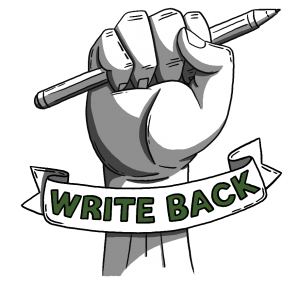 Filter
Filter
Yellow To Red
Throughout my whole primary school life, I’ve never stayed in one school. I never questioned why it always happened. Sure, I would get mad at my parents, because any time I finally made friends, I would have to leave them behind and make new ones. But I got used to the cycle: being shy and quiet, then making friends, then, after a while, leaving for my new school to repeat the process again. Being young, I was ecstatic to meet new people and see new things, never knowing how soon I would get tired of this cycle. Then my cheerful and adventurous self shifted to despise everyone. My filter slowly started to turn from yellow to red.
Black
It was the beginning of my last year in primary. You know, the time when you were so excited to leave your childish self behind and become mature, like they told you. I had this fantasy that growing up was going to be so cool, wondering how many things I was finally allowed to do, like staying up late or watching shows past midnight. But, as the months went by, I became less… me and more… someone else. This someone else didn’t like to trust people and began to worry about what other people thought of her. She thought a lot about the future; even the littlest things like arguing would make her think that other people hated her. I realised ‘she’ was me: I didn’t want to trust people. I thought a lot about the future. That year, my filter blackened from the fear of failure, the fear of entering a new world: secondary school.
Blue
I can’t really say Year 7 was my best year, as I still carried that someone else with me everywhere. I didn’t feel like me but it was OK because of just the thought of staying in the same school, seeing the same people, sharing memories and growing a connection. I was more than content with that. I felt I had a place where I belonged. Then came Year 8. During the winter, I had to change schools again. I got so frustrated, because every single time I finally felt comfortable in a new school, the sense of familiarity disappeared. It wasn’t like I even got to say goodbye properly. I just left. Joined the new school and got on with my life. At times, I would cry myself to sleep, because I regretted moving. Questions in my head swirled like a tornado. Do they miss me? Will I fit in? Why do I feel so tired of everything? Getting lost in my own world, I wouldn’t speak much and I kept to myself. I started staring out of the bus window, watching the rain fall and the world go by. My facial expressions were depressing to look at. I couldn’t even face myself in the mirror and, if anyone asked why I looked like that, I wouldn’t say. But inside my head, I just felt so blue, so tired of everything.
Grey
One night, I couldn’t sleep. I was exhausted by this thing we call emotions. It was driving me insane. I couldn’t keep acting like I was fine and nothing was affecting me. All this fear and hatred and sadness I had kept bottled up for the past two years led me to feel an emotion I never thought I could feel: emptiness. I couldn’t feel anything and it scared me. I was scared of myself. I went to the bathroom and looked in the mirror to see any signs of feeling, but saw nothing. My face was expressionless and my heart felt heavy. I went back to my room and laid in bed staring at nothing. After five minutes or so, my cheeks felt wet. My cries weren’t audible but I heard them loud and clear. I wasn’t OK. I was suffocating, falling into a hole of nothingness. That’s when I realised that that person in the mirror was still me. I had got so immersed in thinking what everybody else thought of me and how to portray myself, that I had changed – and not all for the better. I realised my filter was mixed with red, blue, yellow and black.
There was still yellow.
Green
After that night, I didn’t want to let go of that yellow I still had in me. I wanted to expand it but I just didn’t know how to. So, I did the only thing that came to my mind and that was to remember why my filter was yellow in the first place. The happiness I felt when seeing new people and gaining this sense of adapting, no matter the situation. In the past, I had experienced new things and not once did I care to think about what was wrong. Replaying my filter change, I moved onto black and blue. It would be no good letting these colours hold me down. Instead, I accepted them with open arms, as they have helped me grow into who I am today, I was paying too much attention to the negatives instead of the positives.
That’s when my filter transformed into a fresh green. Yellow: appreciating the little things in life and the people I have around me. Blue: letting out the sadness instead of bottling it up. Black: assuring myself that it’s OK to fear the future. Now green: not forgetting who I truly am, no matter what the future holds.
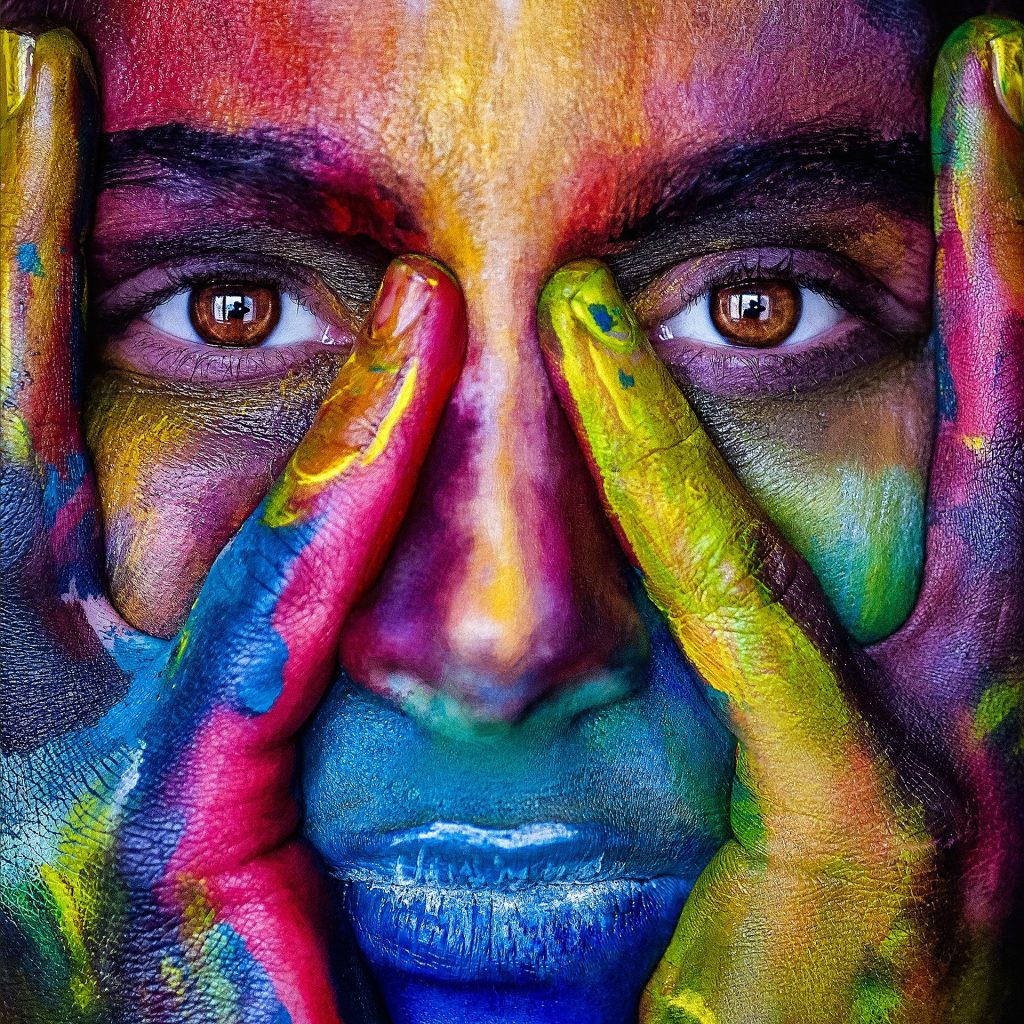 Young writers can join Write Back and submit stories via: www.write-back.org or email: stories@write-back.org
Young writers can join Write Back and submit stories via: www.write-back.org or email: stories@write-back.org
Connect with Write Back on: Twitter, Instagram and search for Write Back on Facebook.
*****
My last feature for this week is a poem by Pen to Print’s Juneha Chowdhury. Hauntingly beautiful, with an almost nursery rhyme melody, she depicts a different face that both does and doesn’t belong to her – something we can all identify with:
The Clown
I see her every morning
With the pillow over her head.
Lost in overwhelming thoughts.
Restless in her bed.
I see her phone ringing endlessly.
I see her shut it down.
She can’t hold a conversation.
Too much effort, too much sound.
Life has stopped for her.
But they are racing ahead.
She is destined to lose.
So she bottles it instead.
She looks like a ghastly painting.
The canvass rough and worn.
The colours forever fading.
The lines so faintly drawn.
I see her some hours later.
And she is someone else.
A whole new different wardrobe.
A credit to herself.
A veil is over her struggles.
Hardly a trace can be seen.
Temporarily enabled,
No one knows where she’s been.
She’s able to interact.
She’s in touch with time.
There is colour on her cheeks.
Her eyes are full of shine.
And then again tomorrow,
The face out in town,
Will disguise her dull and dreary.
And reveal herself as the clown.
(C) Juneha Chowdhury, 2020
Juneha is the 2018 Pen to Print Book Challenge Winner. You can connect with her on Twitter: @JunehaChowdhury
I hope Juneha, and all of you, feel you can express your faces in a safe and creative way. Know that I’m here with a space for you on Monday Moments.
Next week our theme is ‘Building Bridges’. Please send me your art, writing, music – anything you want to share to make Mondays more colourful, to pentoprint@lbbd.gov.uk
Don’t forget, Issue 5 of Write On! magazine is available to read online, just click here.
I believe that being comfortable with all of your own faces is the first step to becoming comfortable with showing others all of your faces.


